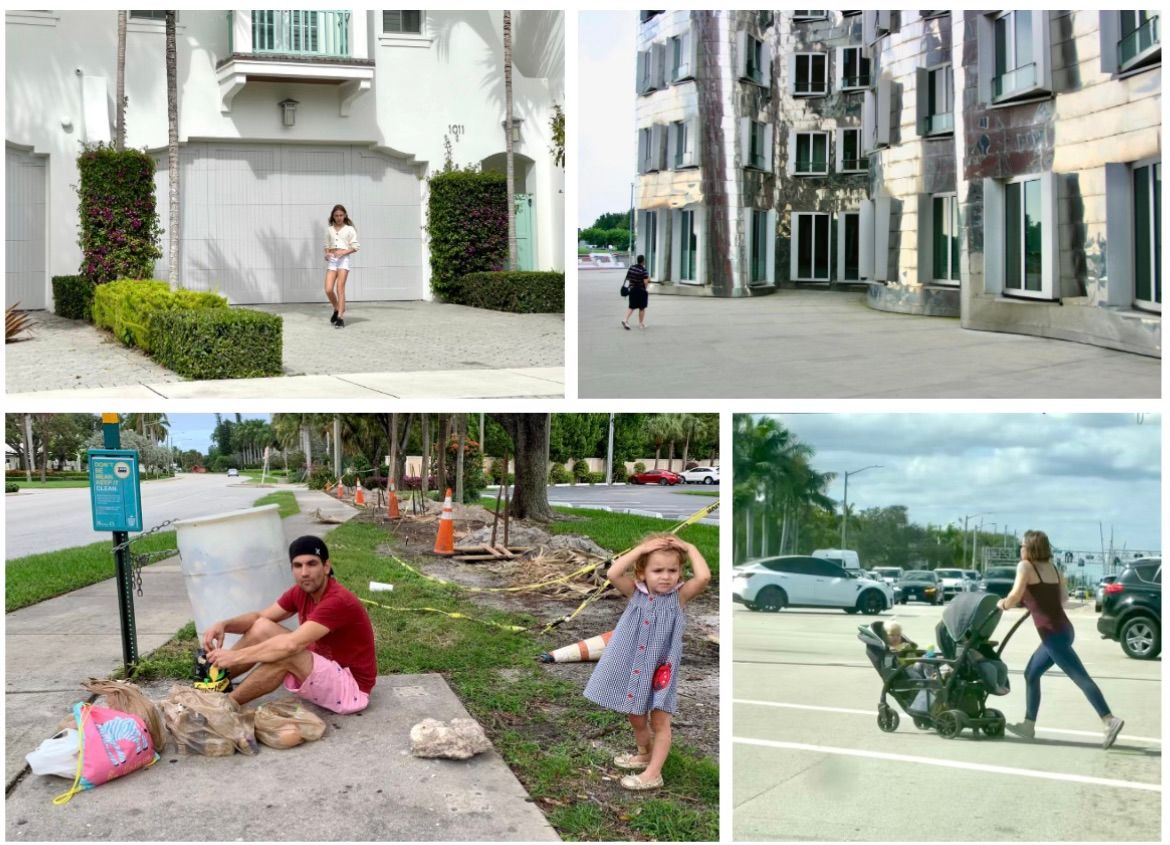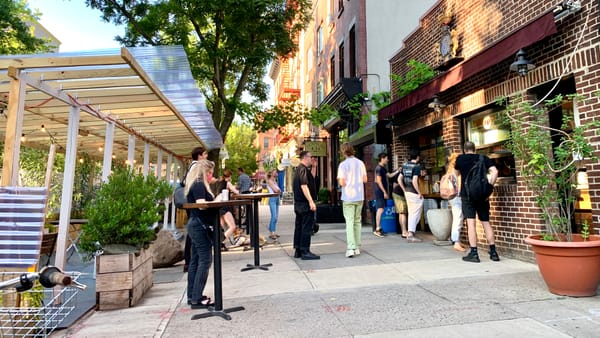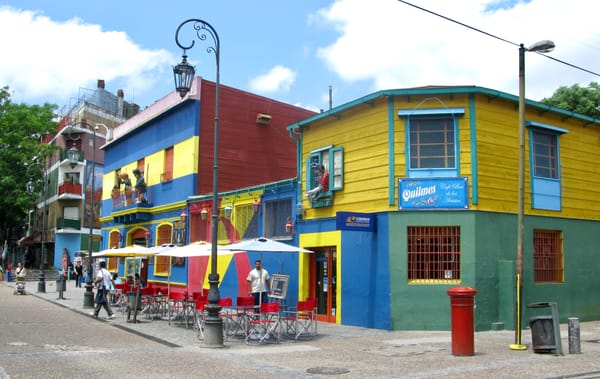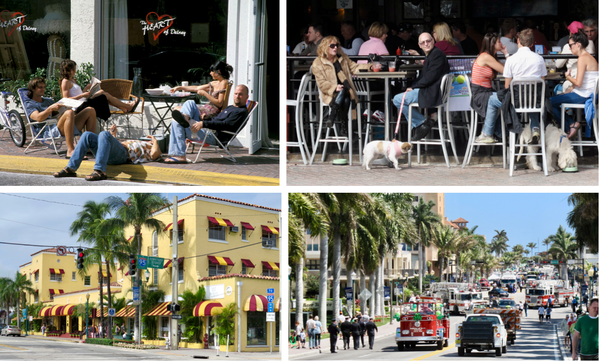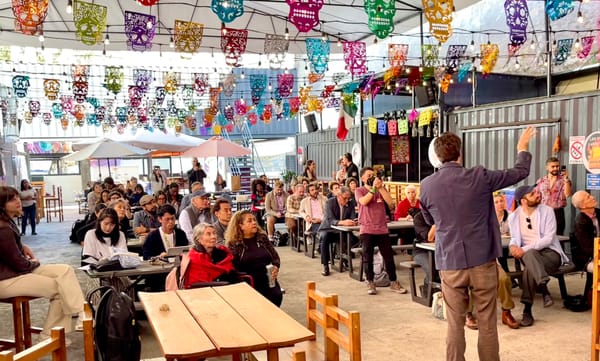"It’s widely assumed that the decline of social life is an inevitable (even if sad) fact of modern life because many of these changes to how we relate have been caused by unstoppable technological or cultural shifts (including suburban sprawl, two-income households, and an accelerating pace of life). But social life is not mere nostalgia. There is no reason why we must accept the withering of social ties even as the world around us evolves." - Jay Walljasper
How did we get here?
Over the past century, the richness of people’s social lives has significantly diminished. Once personal, face-to-face encounters have been commercialized into mere transactions or made so efficient that there is little room left for personal touches. What once took place in public venues like streets, parks, cafes, libraries, shops, markets, transit, community centers, and other gathering places now goes on in private settings or online.
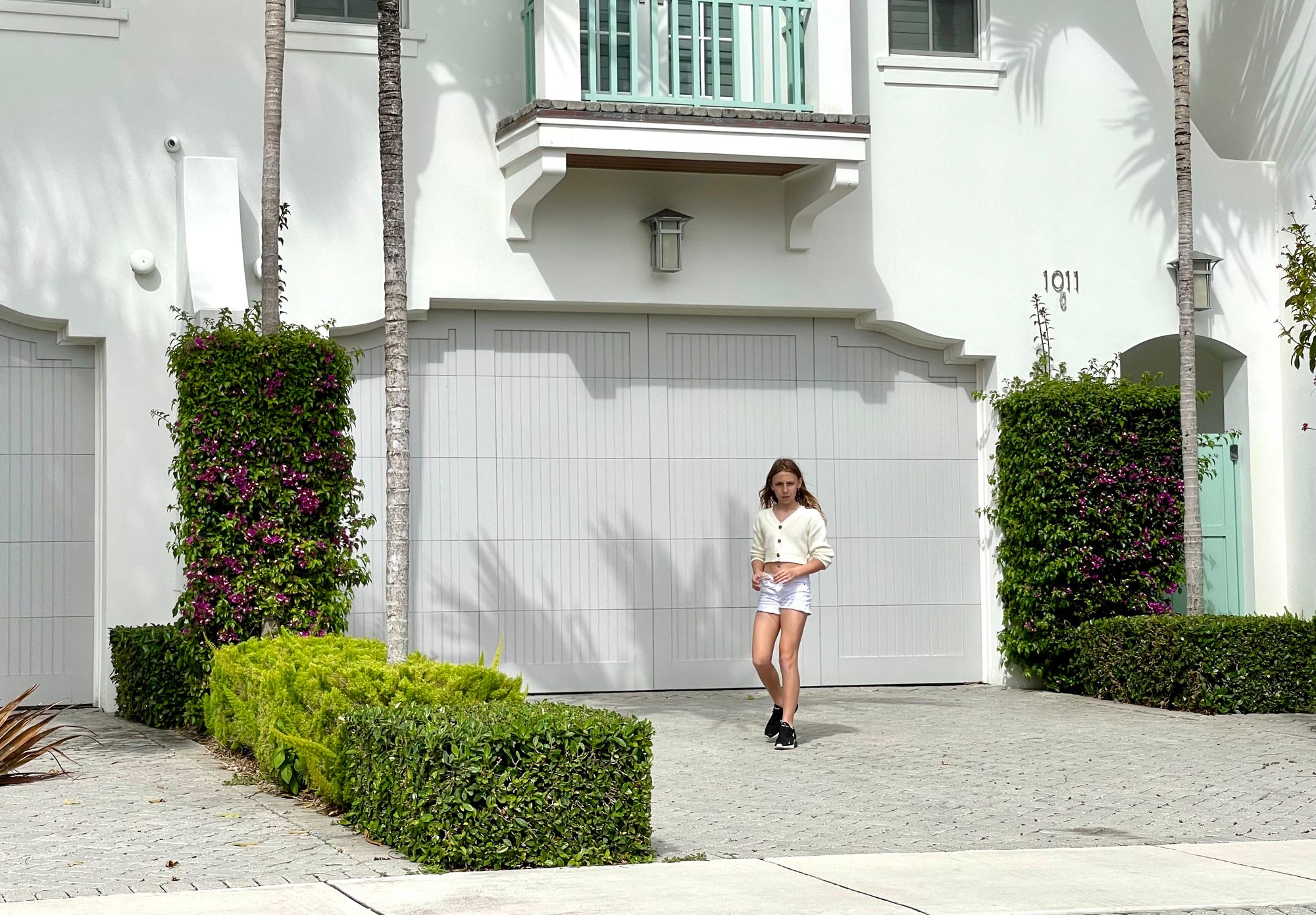
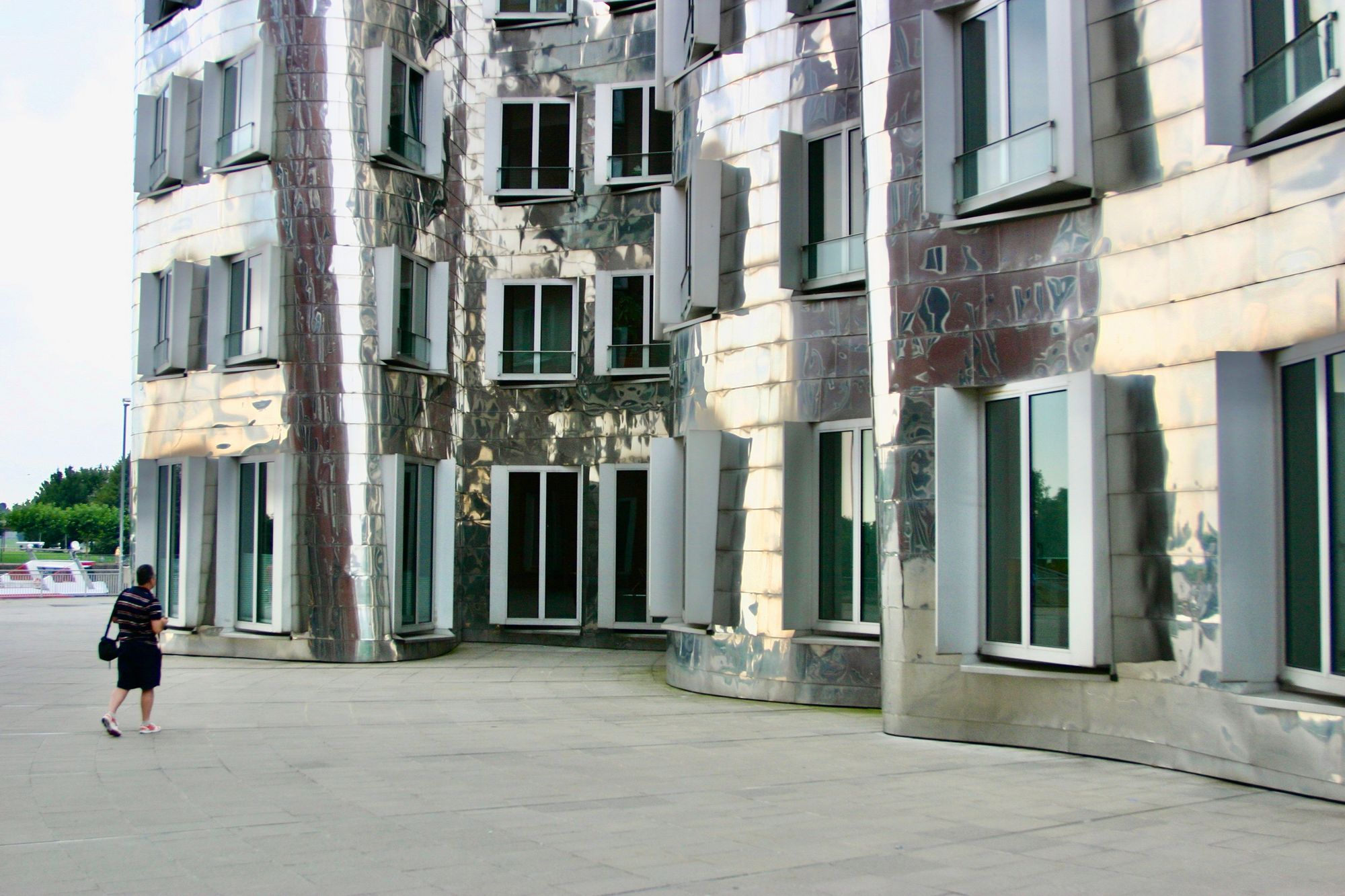
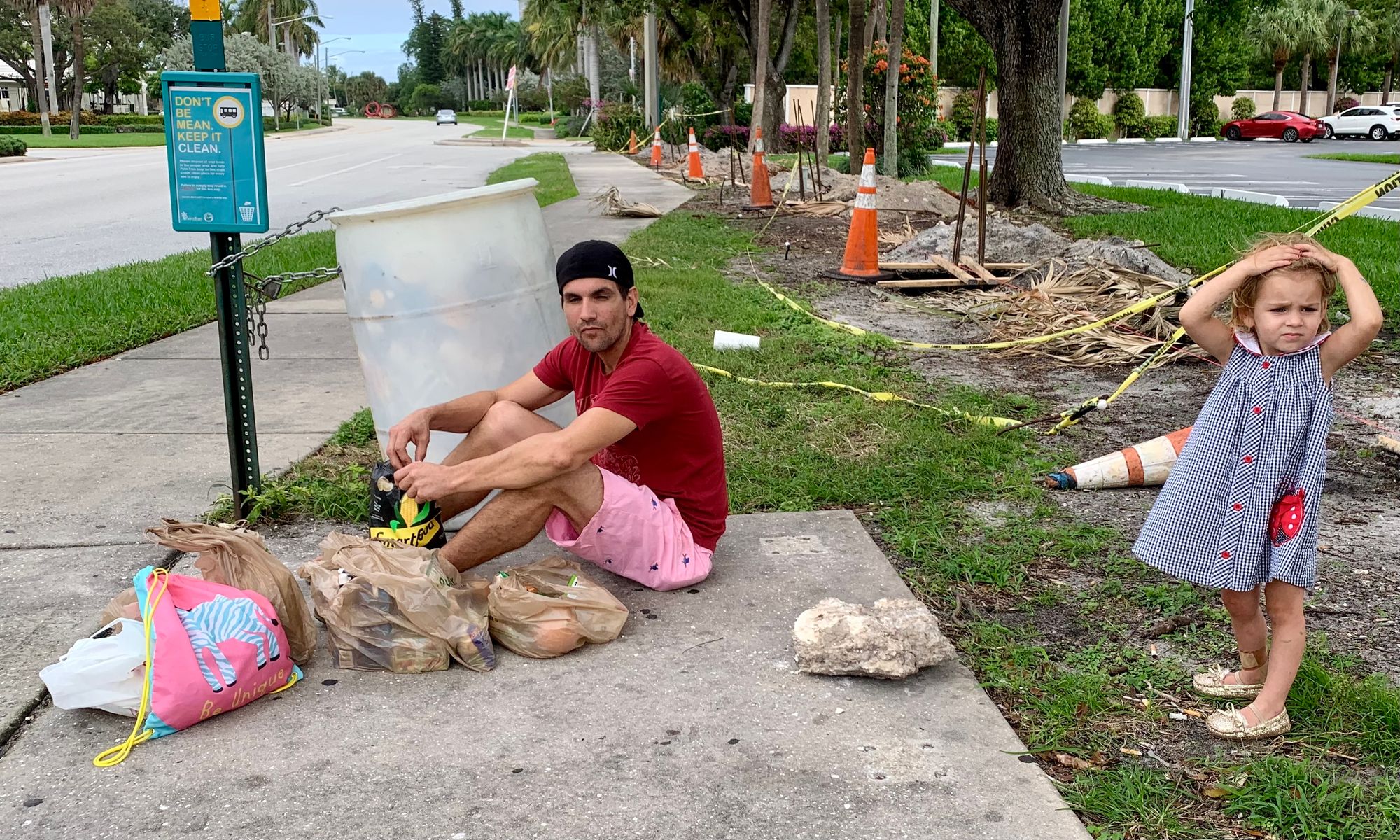
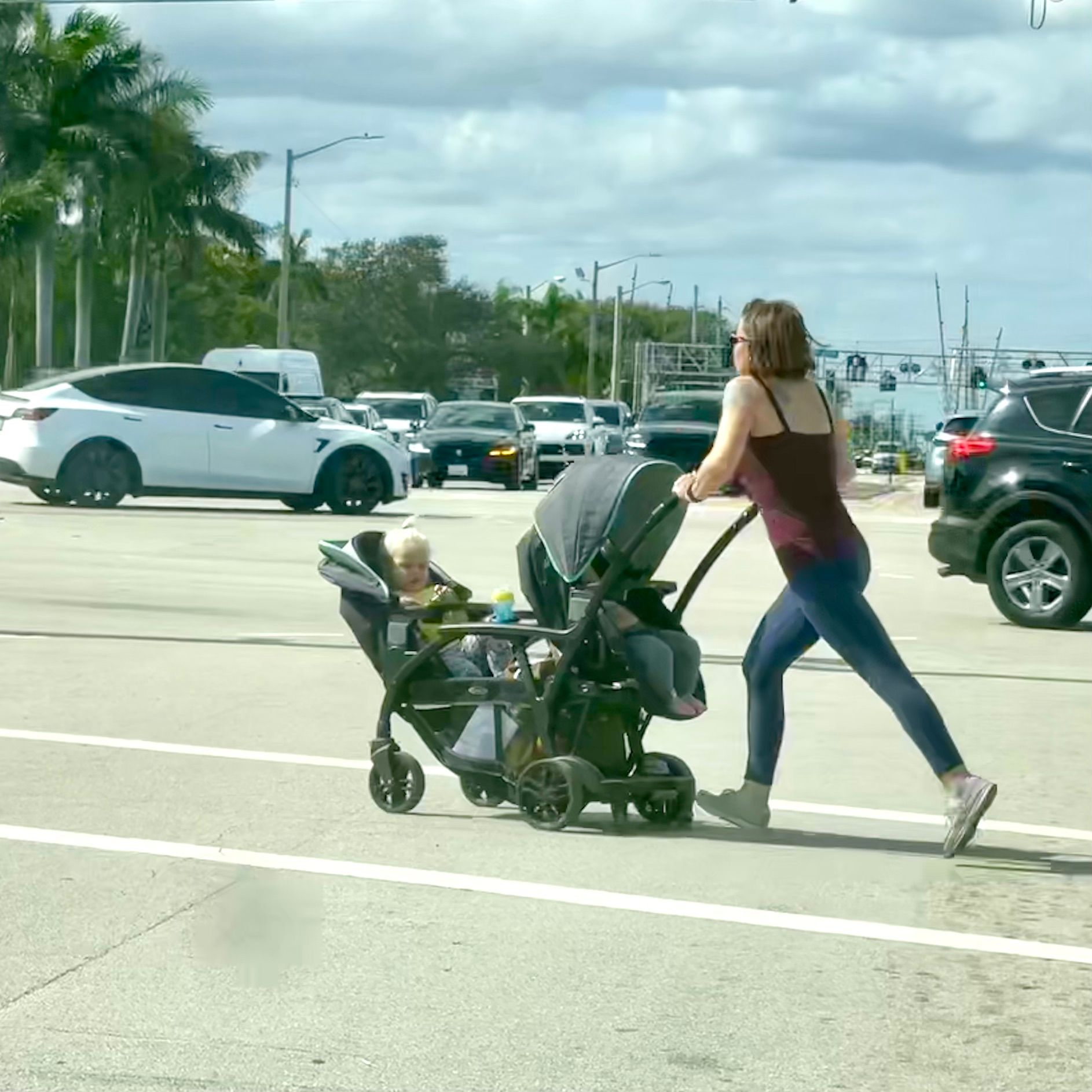
Streets full of garages in Delray Beach, Florida. Frank Gehry Building in Dusseldorf. Missing public transit stops and terrible intersections in Delray.
The automobile, the telephone, radio, television, superhighways, video players, computers, the Internet, and social media have all chipped away at the primacy of face-to-face social relations in our lives. Even air conditioning (which keeps us indoors) and refrigerators (which made the soda fountain, ice cream parlor, and corner tavern less necessary) played a role in pulling us apart.
It has gotten to such a point that the Surgeon General recently announced an epidemic of loneliness in the United States. Millions of people are suffering, even dying, because of how socially isolated we've become, and the ripple effects of that on every aspect of our lives is tremendous.
A few of the problems associated with loneliness include:
- Higher risk of depression
- 32% higher risk of stroke
- 29% higher risk of heart disease
- 40% higher risk of dementia
- Lower quality sleep
- Higher incidence of smoking
- Higher incidence of drug taking
- Higher incidence of overeating
- Weaker immune system
- Higher risk of Alzheimer's
- Higher risk of suicidal ideation
- 60-150% higher risk of premature death
- $154 billion lost annually
The problem is so severe that the Surgeon General calls on us to take action, stating, "Given the profound consequences of loneliness and isolation, we have an opportunity, and an obligation, to make the same investments in addressing social connection that we have made in addressing tobacco use, obesity, and the addiction crisis." We agree.
Coming out of Covid opened our eyes
The Covid pandemic led to a new realization about what matters most in life. With people longing to bond again with friends and family, and mourning the loss of casual connections to neighbors and passers-by — it became clearer that the foundation of our happiness and fulfillment is a rich social life.
The way to achieve it is through how we design, build, and program our communities, because opportunities for connection are found within the built environment.
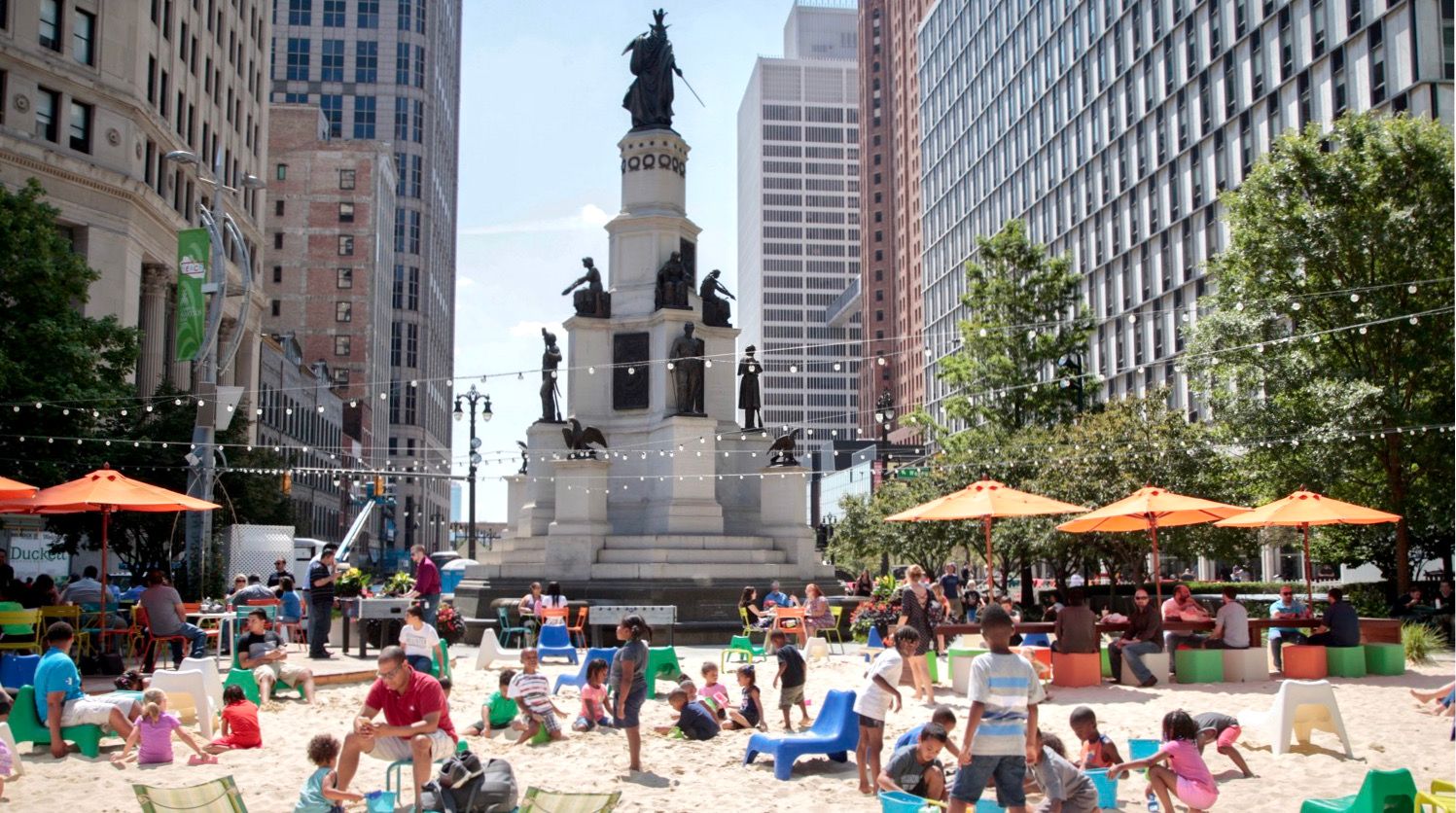
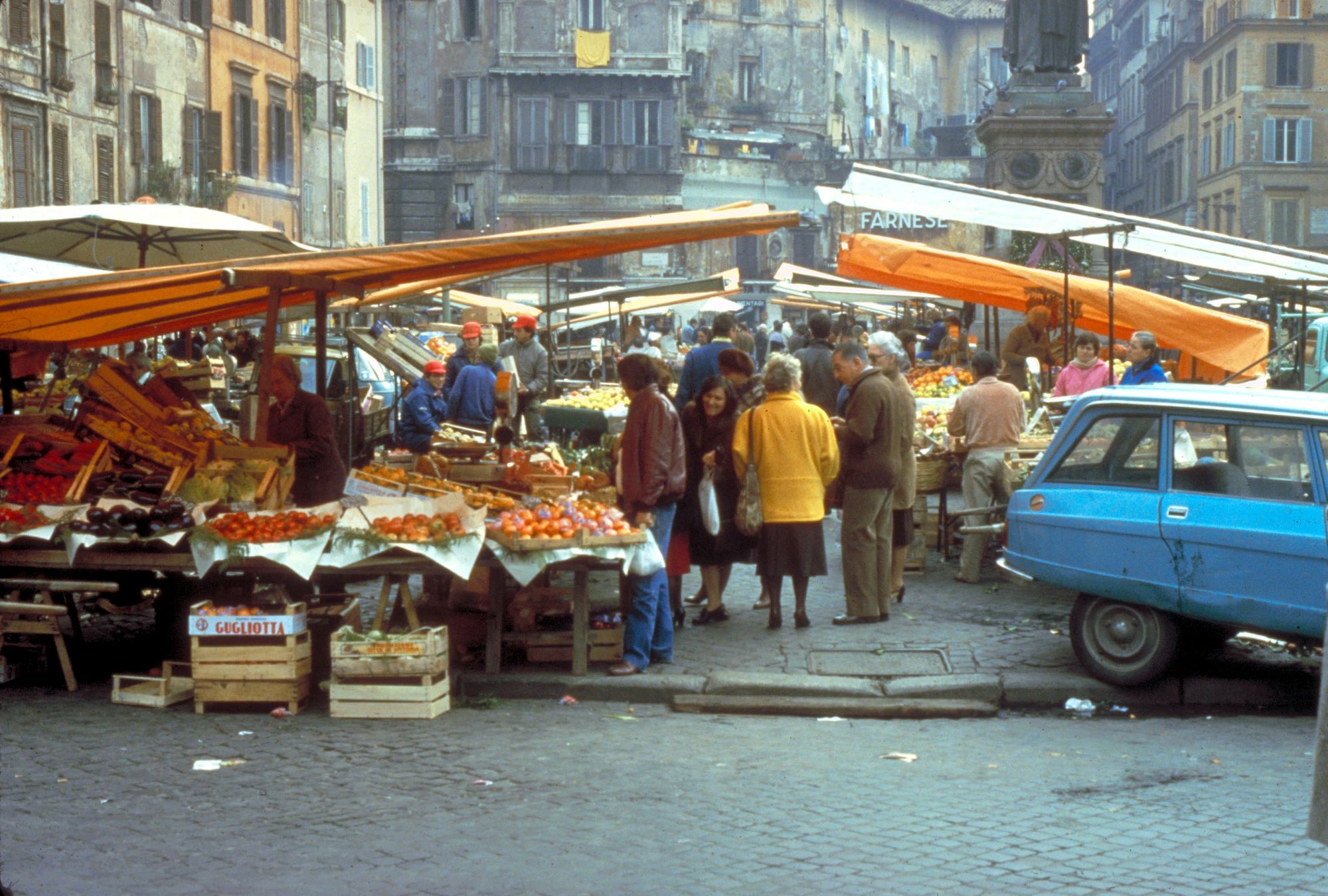
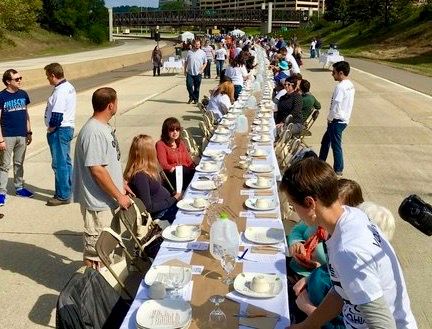
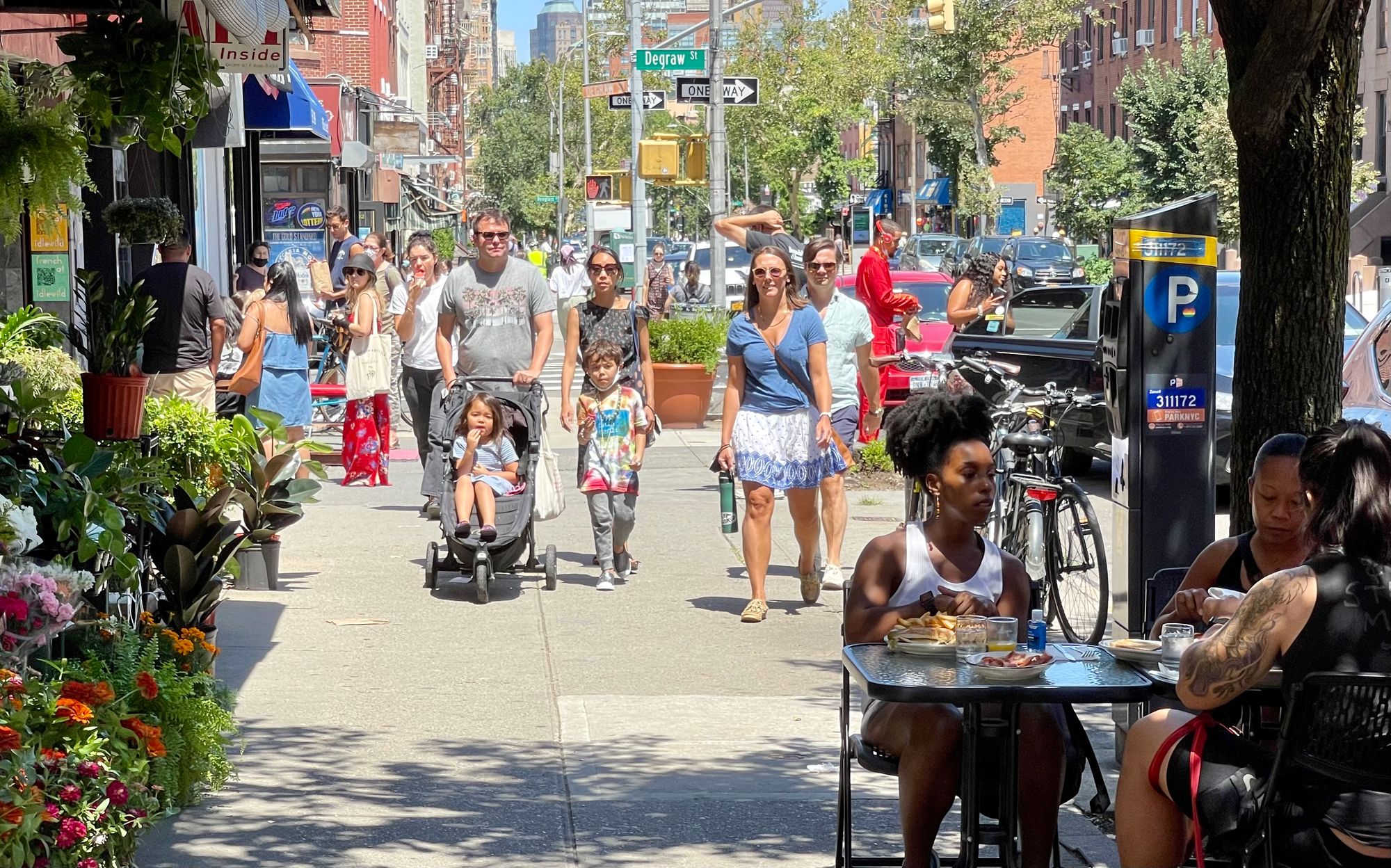
For years we have been saying, "We need to turn everything upside down to get it right-side up... To get from inadequate to extraordinary." If we want to create a thriving and healthy society, we need to shift our focus away from cars and toward people in every category of our built environment: intersections, streets, sidewalks, buildings and public squares. In our 5 major campaigns, we outline how.
5 Campaigns to Restore Social Life and Reverse the Epidemic of Isolation and Loneliness in Our Communities
Our public realm provides an imperative and a platform for creating transformative change and improved equity and well-being. Placemaking is all about giving communities the agency and spaces to fulfill the needs of residents and visitors, while also creating a meaningful connection to the environment. A placemaking strategy that begins with healthy public spaces is key to addressing many of the systemic issues and shared challenges in our society, including social isolation.
(1) Creating Social Life for All - Places Where People Thrive
Our first campaign has to do with social inclusion and the creation of public spaces that welcome people from all different backgrounds. We have explored the needs of people from different ages and genders, including kids, women, couples, and men – observing the various ways that individuals interact with and benefit from shared spaces and what elements make those spaces great.
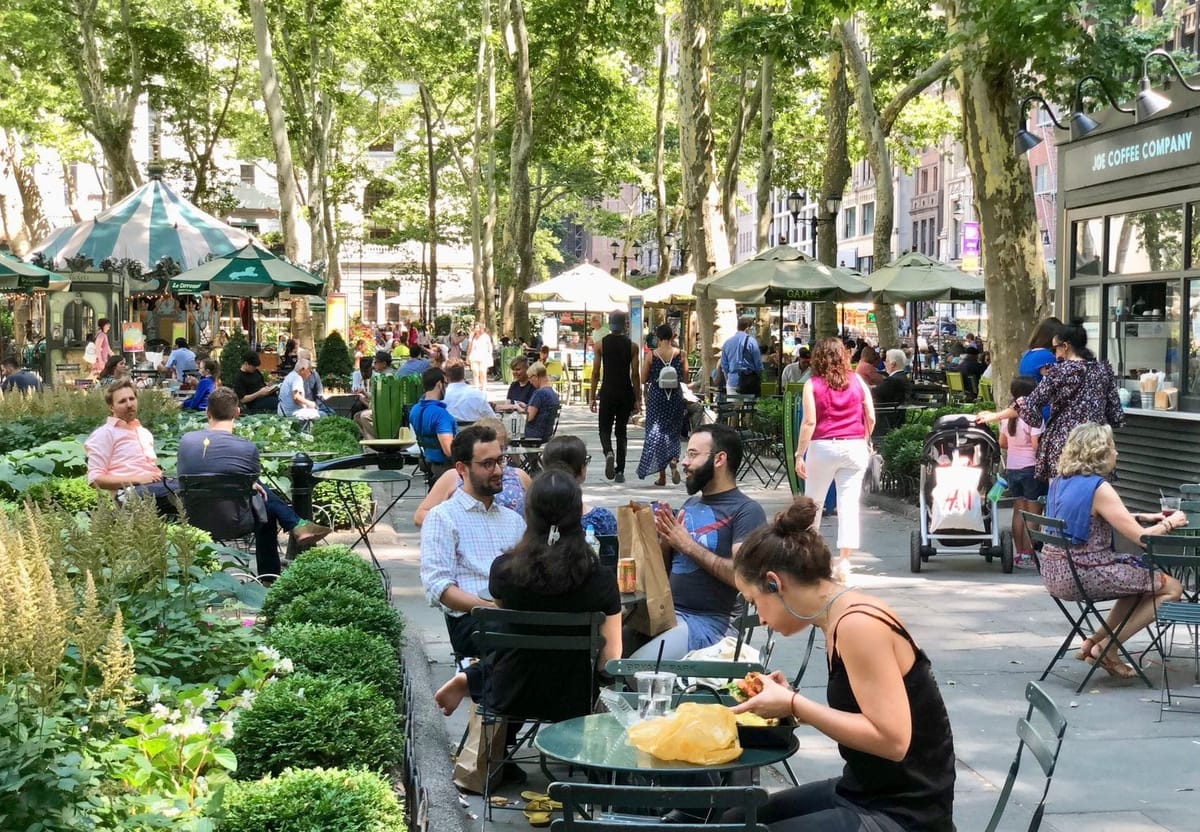
(2) A Bench on Every Corner... Is More Than Just a Bench
We are long-time advocates of seating, especially of benches in public spaces. When done right, they add an irreplaceable element of comfort to public places and make them usable and enjoyable for longer periods of time. They provide a space for social encounters, encourage lingering, and send a message of welcome. But the most important impact of a bench is what happens to the surrounding neighborhood after it is introduced.
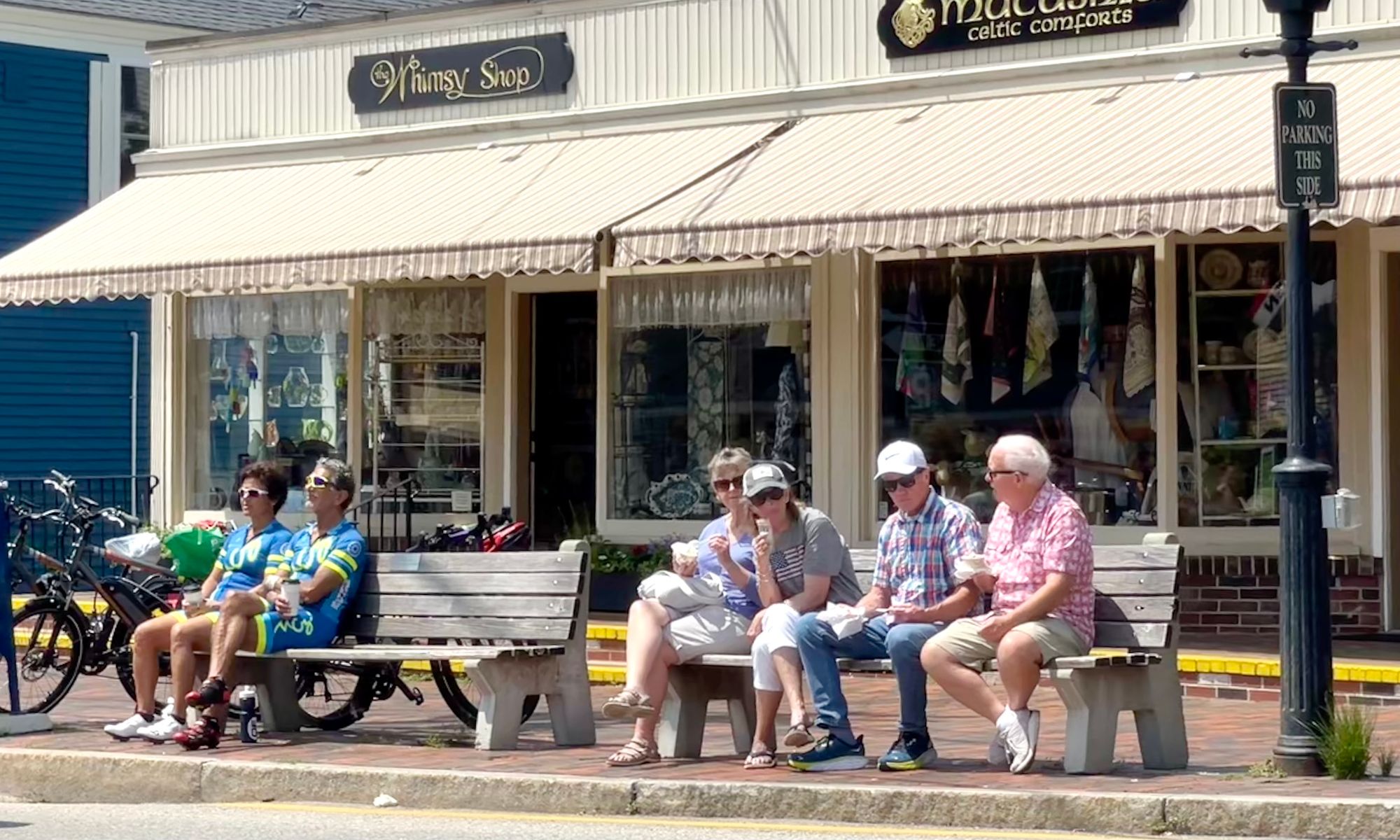
(3) Creating the Streets and Sidewalks We Love - Shifting Our Focus From Cars to People
Recently, we have become so disturbed by the lack of progress in regards to changing the transportation mafia's mission of building a car culture, that we have turned our voices to making people understand the terrible impacts of Killer Intersections and the transformative power of sidewalks and corners on our communities. Shifting our focus from cars to connection turns everything upside down, changing our trajectory from one of destruction to one of happiness, health, and prosperity. Not only does this mean that our communities become more socially connected, but also that we reduce our greenhouse gas emissions from driving – leading to better health and climate outcomes.
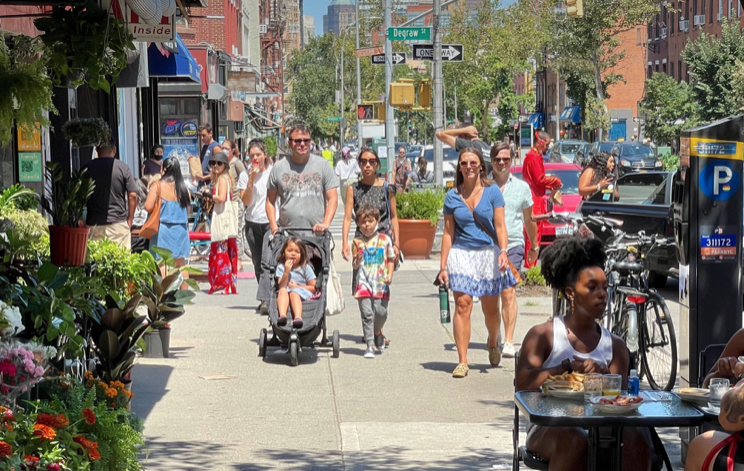
(4) A "Porch" on Every Building - How Bringing the Inside Out Creates Vibrant Communities
When the private realm of homes and businesses is kept completely separate by walls from the public realm of sidewalks and squares, the street grows dull and people avoid spending time there. Social and commercial life withers. Opening up buildings through "porches" brings our shared environment to life and invites people to explore it.
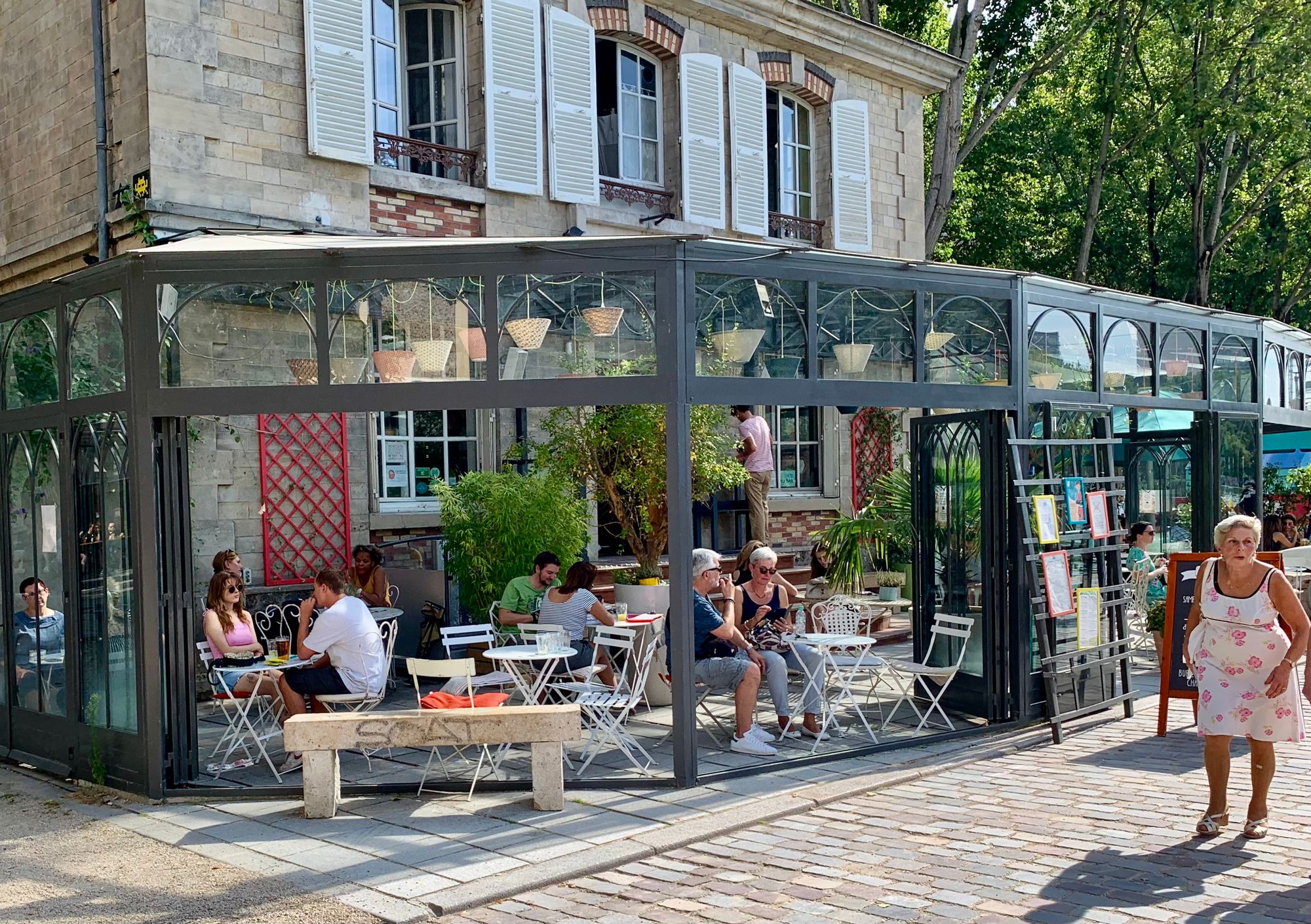
(5) Bringing Back the Heart of Communities - Squares and Markets
Having vibrant and active sidewalks is vital in and of itself, but our sidewalks should also lead us somewhere great. They should take us to destinations where we can do the things we love such as meet with friends, see beautiful sights, enjoy delicious foods, shop, explore and play. These activities take place in squares and markets, where the heart of our communities can be found.
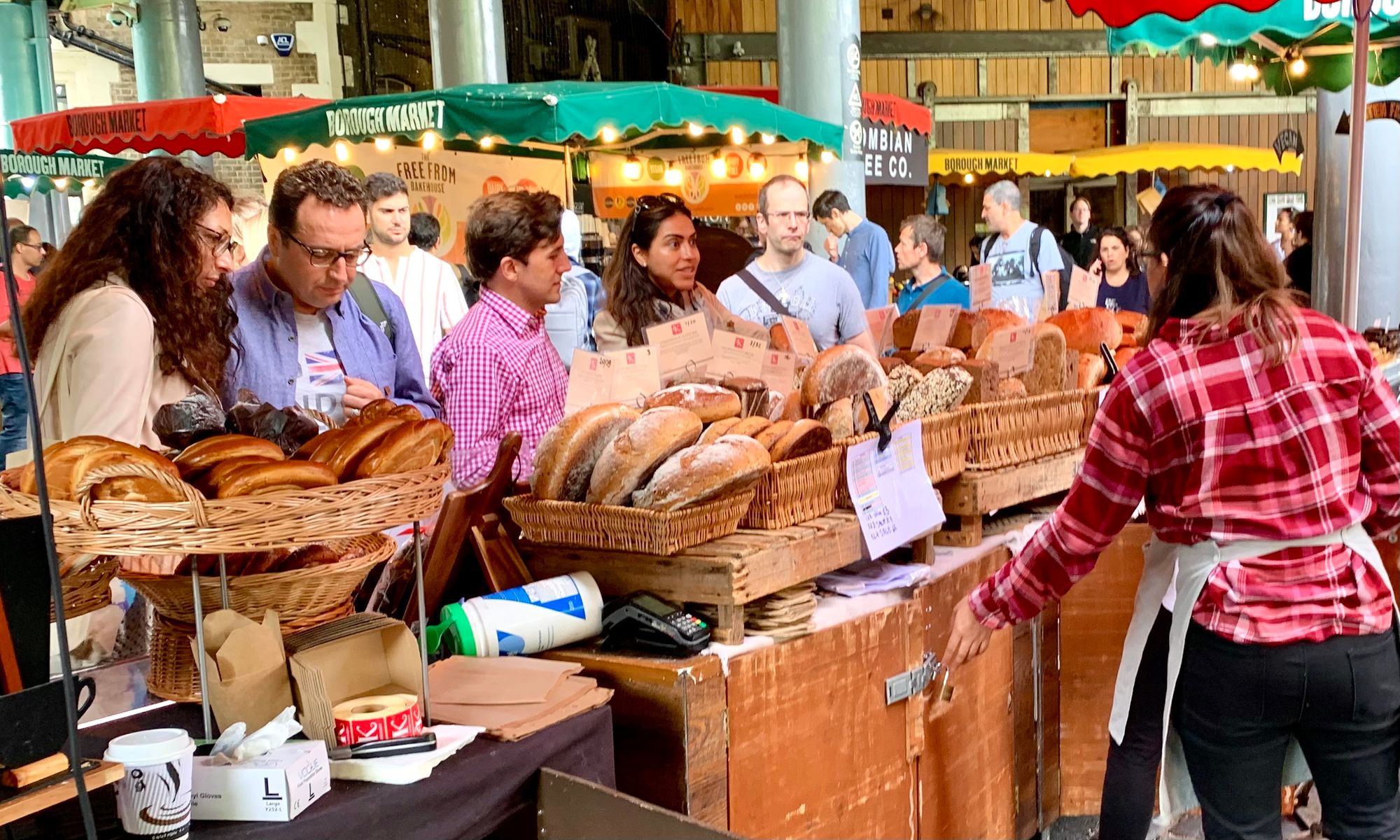
In Summary
"There are more and more of us fighting for a different vision of the world— a world that takes care of our most precious resources: the air we breathe, the water we drink and the places we share." - Anne Hidalgo, Mayor of Paris, France
Social isolation is not a simple phenomenon: It is the result of many overlapping factors, from the technological to the socioeconomic. What we know for sure is that there are specific, actionable ways in which we can alleviate the worst effects of the loneliness epidemic. By making sure that our communities provide us with the spaces we need to form vital bonds with one another, we can challenge the trend of increasing social isolation. From the small scale, like placing a bench on a corner, to the larger scale of revitalizing squares, plazas, and markets, the future of social connection is in our hands and in our environments.
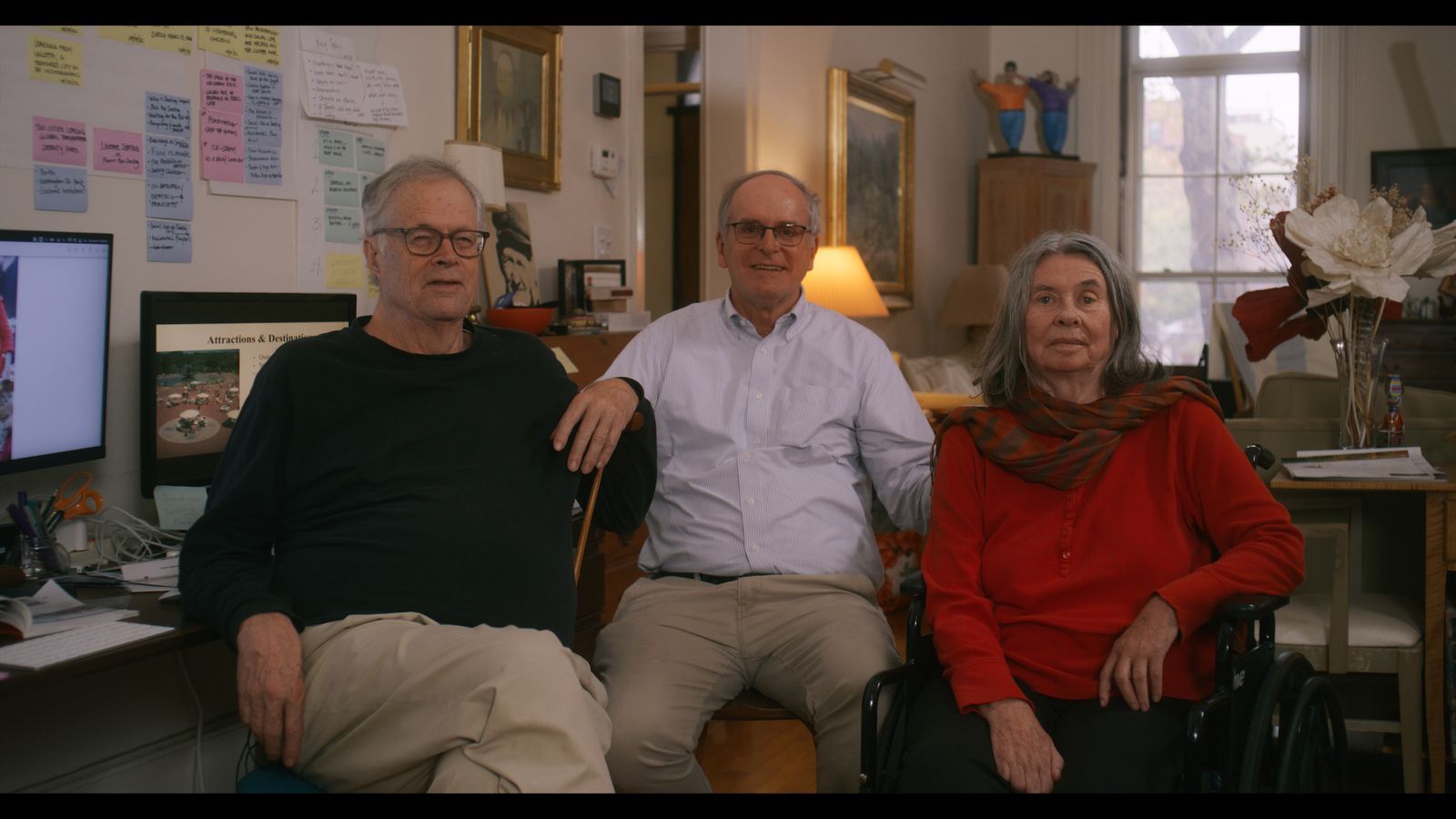
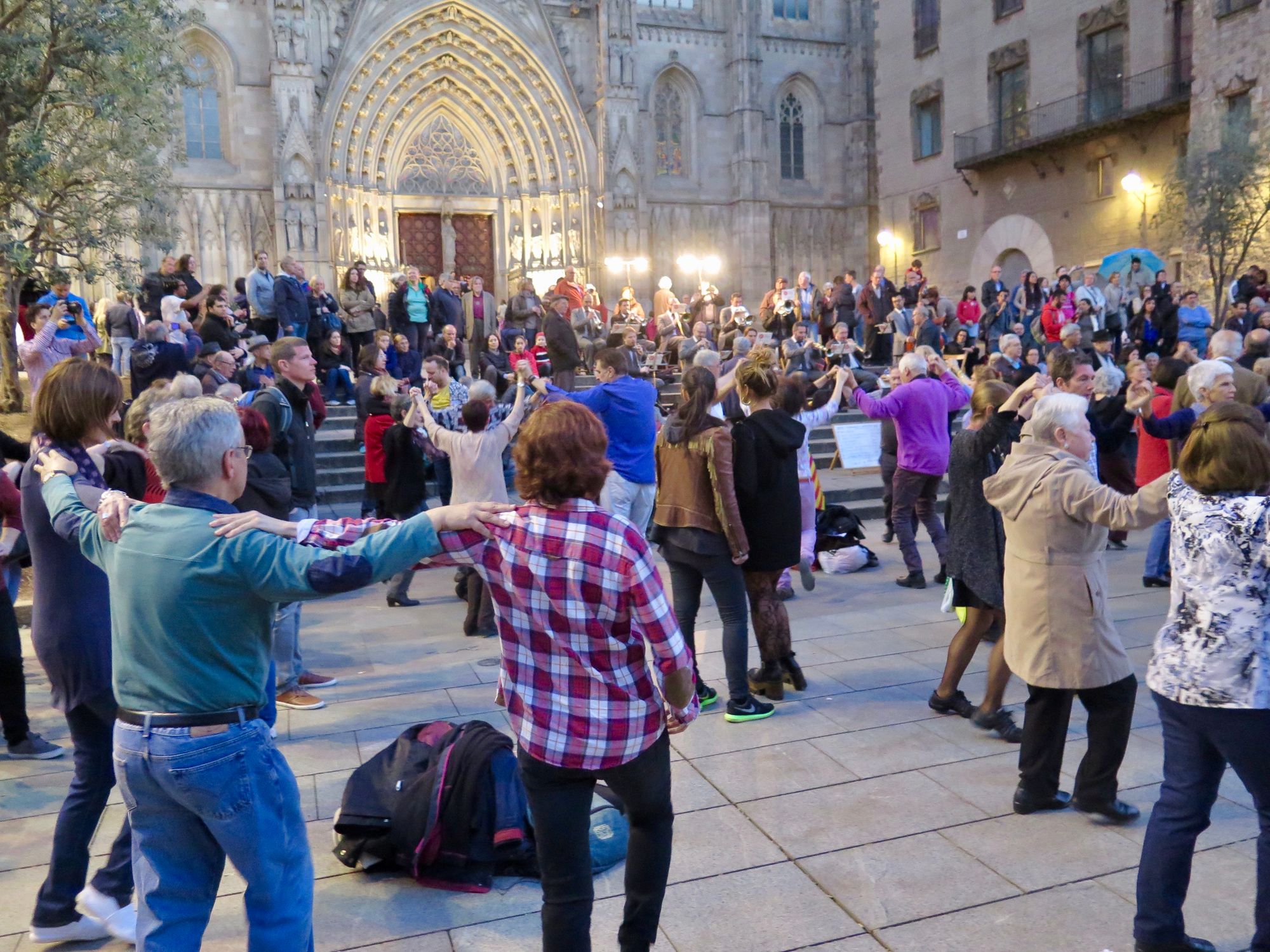
If you are interested in helping to build a community-wide campaign or catalytic interventions, presentations, exhibits, or in supporting the cause in some other way contact us.




